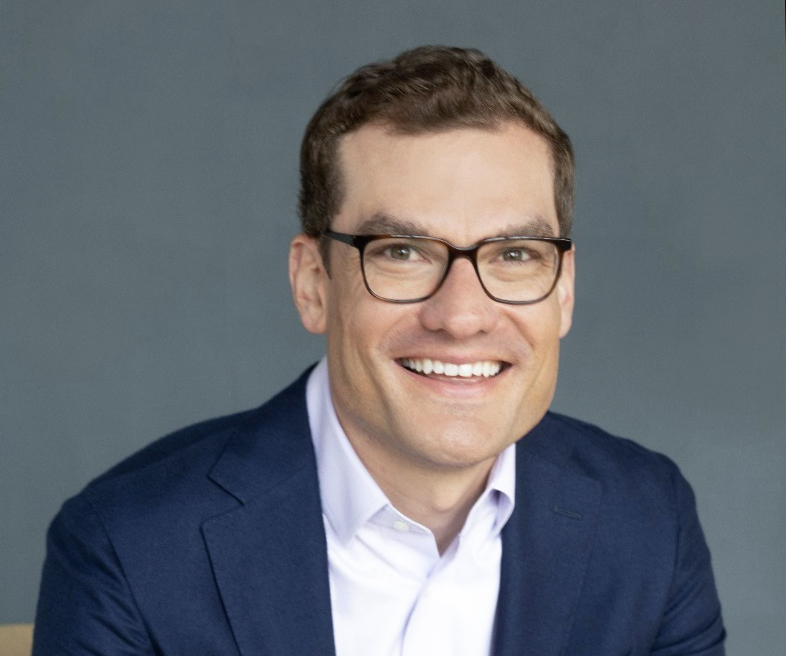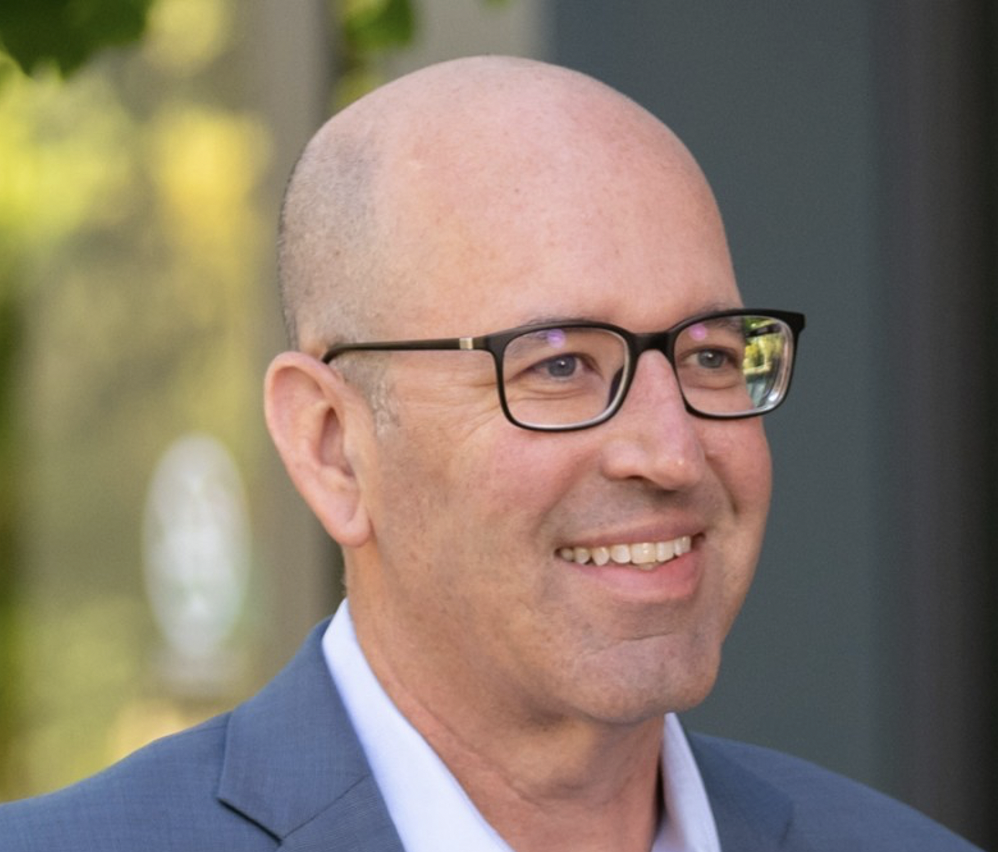The ability to identify and retain world-class talent can make or break a startup. The formula for success requires the right blend of expertise, creativity, and drive.
Smart leaders lean on talent intelligence to inform hiring recruitment decisions, and few people can speak to talent intelligence better than Teresa Wykes, Senior Director at Eightfold, a talent intelligence platform focused on enhancing recruitment and workforce management. Before joining Eightfold, Teresa spent over a decade in consulting, and then served as the Global Head of Talent Intelligence at SAP, where she helped the company acquire top talent, increase diversity, and position itself to remain the leading global enterprise resource planning software vendor for years to come.
As a discipline, talent intelligence refers to the strategic use of data and insights to identify, attract, and retain top talent. It involves the analysis of skills, experience, and market trends to make informed decisions about recruitment, development, and organizational strategy. Through talent intelligence, businesses can optimize their workforce, align skills with objectives, and remain competitive in dynamic markets.
In a startup ecosystem where resources are limited, the ability to attract and retain top talent can be a significant differentiator to attract investors and partners who recognize the value of a skilled workforce. In essence, talent intelligence isn’t just about building a team, it’s about securing the foundation upon which a startup can thrive.
Teresa recently spoke with Crew Capital’s Sonia Damian and Dylan Reider to share her thoughts on transforming SAP through talent intelligence, choosing the right data, and how a white-glove talent experience positions a company favorably in the marketplace.
Executive search set the stage for talent intelligence
Prior to her career in talent intelligence, Teresa worked in executive search and human resources, and even started a restaurant in Spain. She learned from each step along the way but felt her move from HR to executive search equipped her with skills that informed her expertise in talent intelligence.
“Doing that gave me a great benchmark and early career experience in terms of things like attention to detail, how to present data effectively, and the need for accuracy, which you can take with you no matter what you go into,” Teresa said.
She explained that executive search requires a mix of both hard and soft skills to simultaneously appeal to candidates and ensure their goals align with the goals of the business recruiting them.
“You’ve got to be interested in people’s growth, and you’ve got to be interested in bringing people and jobs together,” she said. “You’ve also got to be quite commercial because, at the end of the day, talent intelligence and executive search are about getting the right people in to increase the performance of a company, or address a gap, or solve a problem, or bring something new — a balance or diversity. You need to be interested in business and understand the environment that those people are entering.”
Establish talent intelligence’s role in the organization
Not everyone understands what talent intelligence is or how it impacts an organization. While working with SAP, Teresa found it crucial to define what talent intelligence meant to the company — but also what it didn’t mean, since there are many definitions out there.
“At SAP, it’s not people analytics, which tends to be about dealing with big volumes of quantitative data. We were far more on the qualitative side, so we were talking about dealing with people, addressing gaps in the market, socializing talent, sourcing talent, looking at our competitors, looking at locations, things like that,” Teresa said. “I found that if we listen to the talent in a way that they were customers with needs and preferences and ambitions, rather than just a profile or LinkedIn page, it allowed us to be really successful.”
In line with treating candidates as customers, Teresa touched on the advances of artificial intelligence (AI) in talent intelligence. She foresees more automation, such as the ability to write job descriptions and analyze large batches of data. Even so, she views AI as a tool to augment the human element, rather than one to replace it.
“People still want to talk to people,” she said. “I don’t think AI can judge whether someone is a good fit all the way. It can do some parsing, but not the whole thing. I feel very passionately about doing quality recruitment, treating candidates as customers, and ensuring that they have a great experience.”
Choose and use the right data
Bringing data in from the outside to a more internally focused organization, as Teresa did at SAP, can be disruptive. Disruption comes with tradeoffs, of course, but the key is understanding who will consume that data and their appetite for consumption.
“Is it digestible? Is it meaningful? How do you position this with the people that you’re sharing the data with?” Teresa said. “You can sit on piles and piles of data and it doesn’t actually mean anything.”
Even after choosing data points with the clearest return on investment, the process doesn’t stop. Convincing stakeholders to use that data requires continued positioning, presentation, and education around data-derived insights. The data has to tell a story.
“SAP is an older tech company and has a lot of people who’ve been there a long, long time, and it has a strong internal hiring culture,” she said. “That’s changing a lot. If you’re bringing data to people, it just needs to push the right buttons. You can’t have data for the sake of it.”
Keep a client-first perspective
Talent intelligence was a new initiative for SAP when Teresa joined the company. Fortunately, her previous experience in selling talent solutions to companies like Microsoft allowed Teresa to treat her team like a startup within SAP and focus on business problems and business solutions. In a way, her new role required Teresa to sell her team and its offerings to a large organization – her employer in this case – and closing meant the organization adopted their practices.
“We had to gather our sponsors and our evangelists around us in a very intentional way. We had to brand our output, we had to differentiate our skills, we had to be creative in our presentation because we were a brand new organization within the company,” she said. “In other words, what does the business need us to be, or what does the business need, rather than saying, ‘We’re talent intelligence, and here’s what you’re getting.'”
Intentionality played a significant role in the projects Teresa and her team chose, it required insight into which projects would make the greatest impact. One of her team’s first projects created a library of companies competitive with SAP. That included a spectrum of organizations, like ERP providers, cloud providers, medium-sized companies, and line-of-business competitors.
“We wanted to capture that because it had consequences for the kind of talent that we were able to approach,” Teresa said. “And then you share that with the business and they say, ‘Well, I don’t recognize these companies. I don’t recognize these people, or we don’t have people applying from these companies.’ Having that information was usually educational because it allowed the recruiters to look when they were dealing with incoming applications. It would educate them about companies that they may have never heard of.”
Along with building a new practice inside the organization, Teresa’s team had to evolve as the needs of SAP evolved.
“We kept that agility all the time and changed what we did every year. We had a different model of talent intelligence depending on what resonated with the business or what the business was doing,” she said. “That also affected how we hired for the team because we had to hire a certain type of talent that could cope with that agility and could cope with that growth.”
Identifying and acquiring diverse talent
One of Teresa’s greatest accomplishments was bringing more diversity to SAP — particularly at senior levels. There’s a business case for how diversity can help an organization perform its core work better, but that requires a different approach from traditional hiring models.
“We did a lot of educational work within talent attraction and in the business as well about how to actually locate that talent in the first place,” Teresa said. “We created huge talent communities for Black, Latinx, and female talent in the U.S. because we have some work to do there. We also had female engineering leader talent communities and female technologist communities. We would identify them and approach them in a very elegant and personalized way.
We described ourselves as ‘talent intelligence,’ rather than as recruiters because we represented something different. The core message was ‘This is actually about a career relationship with our company rather than having an opportunity that I want to persuade you to look at it with me and to bring you into a hiring process.'”
Teresa’s end goal was to have outside talent meet with senior leaders whom they might not otherwise meet in a traditional hiring cycle. Teresa’s team would coach senior leaders on the nature of the conversation and make clear that it wasn’t a hiring interview, but rather, to develop a business relationship with diverse talent. These conversations benefit the company in numerous ways.
“If I’m a leader in a big tech company, I’m in touch with talent, diverse talent, and that makes me look good. That’s important,” she said. “Secondly, I’m learning about my competitors. Thirdly, I’m able to benchmark my existing team because I’ve just met someone who’s actually amazing, a bit better than someone I’ve put in my team at the moment. That obviously has a direct link to performance in a company.”
Advice for hiring at startups
Teresa reiterated the need for startup founders to treat talent as a customer and to give them a great experience. She noted that startups differ from more mature organizations like SAP in that a startup’s needs today may not be what they are tomorrow, but a consistent message plays a huge part in attracting the right talent.
“If you’re hiring in a startup environment, I think you’ve got to be consistent about your pitch because that’s quite important when there aren’t very many people in business,” she said. “You need to hire for culture in a far more purposeful way. You want people who’ve got that energy, that drive, that commitment, who’ve got that curiosity, passion, and energy because your direction is not going to be as straight-line.”
Teresa also emphasized the need for hiring people who can adapt, and in the end, that gel well as personality fits within a small team. A company’s reputation can hinge on how well it treats prospective employees.
“You need to get on with each other and have the right energy with those people,” she said.
Related Articles

Kiersten Gaffney’s Masterclass: Marketing’s Role in Accelerating Product-Market-Fit
Kiersten Gaffney recently led a roundtable discussion with Crew Capital and our portfolio companies’ founders and marketing leaders, where she…

Driving Revenue: Ben Fiechtner’s Formula for Building and Benchmarking Sales
Ben Fiechtner, former Chief Revenue Officer at Clari, recently sat down with Crew Capital’s portfolio companies for a roundtable to…

Coenraad van der Poel: Scaling GTM Teams in the US and Beyond
Crew Capital’s Dylan Reider and Sonia Damian recently sat down with Coenraad van der Poel to discuss lessons from his…








